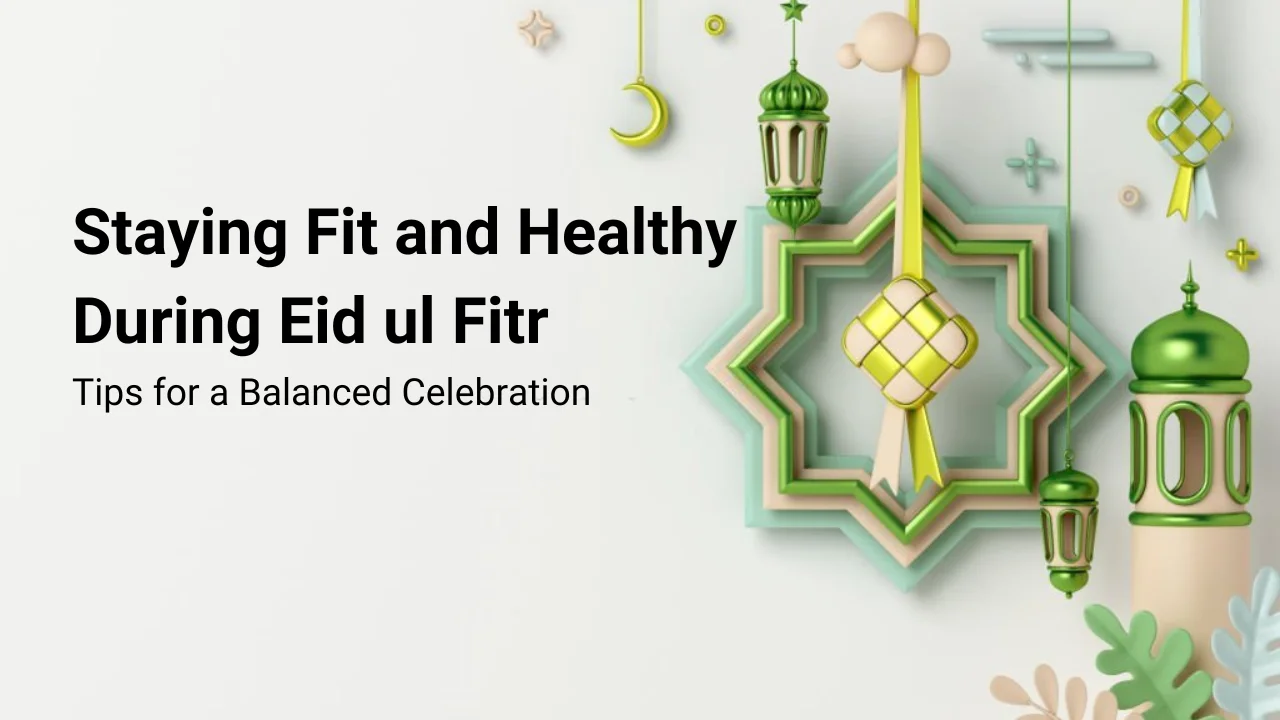Wellness in a Sustainable World: How Environmental Health Impacts Your Well-Being
Staying Fit and Healthy during Eid ul Fitr: Tips for a Balanced Celebration
The Connection Between Sleep and Wellness: Tips for Better Sleep
Meditation for Anxiety: A Step-by-Step Guide to a Calmer Mind
Anxiety is a normal and often healthy emotion. However, when it becomes persistent and intense, it can interfere with daily activities and relationships.
This is where meditation can help. Meditation has been shown to be an effective tool in reducing anxiety and promoting relaxation.
The Art of Mindful Breathing: Techniques for Instant Stress Relief
The art of mindful breathing is an ancient practice that has been used for centuries to promote relaxation and reduce stress. The simple act of focusing on one's breath and paying attention to the present moment can have profound effects on the body and mind.
Why is Wellness Important to You and How Do You Make It Part of Your Life?
Wellness is a crucial aspect of life that encompasses the physical, mental, and emotional well-being of an individual.
Being well and feeling good about oneself is essential for living a happy and fulfilled life. In today's fast-paced world, where people are constantly busy with









